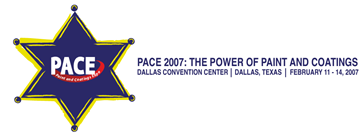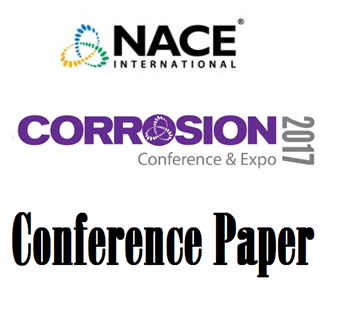Search
Conference Papers
View as
Sort by
Display
per page
Use Of Vapor Phase Corrosion Inhibitor For Tank Bottom Protection
Product Number:
51322-17879-SG
Publication Date:
2022
$20.00
Use of Waterjetting in Conservation of Historic Structures
Product Number:
41205-205-SG
Publication Date:
2005
$20.00
Use of Zinc Thermically Sprayed As Sacrificial Anode for Protecting the Inner Surface of Pipeline Welded Joints
Product Number:
51319-12996-SG
Publication Date:
2019
$20.00
USING A CLIMATE CONTROLLED APPLICATION CHAMBER TO UNDERSTAND COATING DYNAMICS
Product Number:
51218-101-SG
Publication Date:
2018
$20.00
Using a Computational Galvanic Model in a Fracture Mechanics Framework to Improve Material Degradation Prediction
Product Number:
51321-16509-SG
Publication Date:
2021
$20.00
Using a Computational Galvanic Model in a Fracture Mechanics Framework to Improve Material Degradation Prediction
Product Number:
51320-14646-SG
Publication Date:
2020
$20.00
Using Atmospheric Plasma for Enhance Coating Adhesion to Limit the Onset of Corrosion
Product Number:
51323-19191-SG
Publication Date:
2023
$20.00
Using Climate Control at the Job Site; It’s Just Good Business
Product Number:
41207-311-SG
Publication Date:
2007
$20.00
Using DC Decouplers to Maximize Isolation of Cathodically Protected Structures
Product Number:
MECC23-19878-SG
Publication Date:
2023
$20.00
Using Dehumidification to Dry a Concrete Slab Prior to Coating
Product Number:
41206-222-SG
Publication Date:
2006
$20.00
Using Digital Image Correlation to Improve Stress-Corrosion Cracking Evaluation by NACE TM0177-B
Product Number:
51317--8992-SG
ISBN:
8992 2017 CP
Publication Date:
2017
$20.00
Using Electrochemical Impedance Spectroscopy to Evaluate Corrosion Behavior of Painted Galvanized Steel in Atmospheric and Soil Exposure
Product Number:
41206-295-SG
Publication Date:
2006
$20.00














